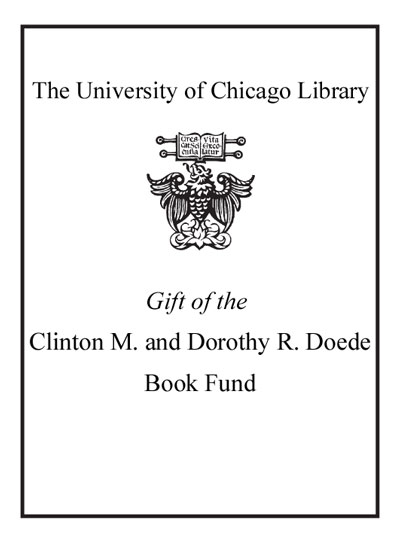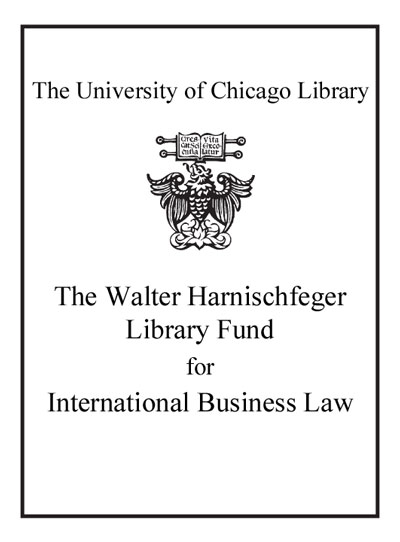Reference guide to anti-money laundering and combating the financing of terrorism.
Saved in:
| Author / Creator: | Schott, Paul Allan. |
|---|---|
| Edition: | 2nd ed. |
| Imprint: | Washington, D.C. : The World Bank : International Monetary Fund, 2006. |
| Description: | 1 v. (various pagings) : ill. ; 23 cm. |
| Language: | English |
| Subject: | |
| Format: | Print Book |
| URL for this record: | http://pi.lib.uchicago.edu/1001/cat/bib/6248976 |
Table of Contents:
- Foreword
- Acknowledgments
- Abbreviations and Acronyms
- Introduction: How to Use this Reference Guide
- Part A. The Problem and the International Response
- Chapter I. Money Laundering and Terrorist Financing: Definitions and Explanations
- A. What Is Money Laundering?
- B. What Is Terrorist Financing?
- C. The Link Between Money Laundering and Terrorist Financing
- D. The Magnitude of the Problem
- E. The Processes
- F. Where Do Money Laundering and Terrorist Financing Occur?
- G. Methods and Typologies
- Chapter II. Money Laundering Impacts Development
- A. The Adverse Implications for Developing Countries
- B. The Benefits of an Effective AML/CFT Framework
- Chapter III. International Standard Setters
- A. The United Nations
- B. The Financial Action Task Force on Money Laundering
- C. The Basel Committee on Banking Supervision
- D. International Association of Insurance Supervisors
- E. International Organization of Securities Commissioners
- F. The Egmont Group of Financial Intelligence Units
- Chapter IV. Regional Bodies and Relevant Groups
- A. FATF-Style Regional Bodies
- B. Wolfsberg Group of Banks
- C. The Commonwealth Secretariat
- D. Organization of American States-CICAD
- Part B. The Elements of an Effective AML/CFT Framework
- Chapter V. Legal System Requirements
- A. Criminalization of Money Laundering
- B. Criminalization of Terrorism and the Financing of Terrorism
- C. Seizure, Confiscation, and Forfeiture
- D. Types of Covered Entities and Persons
- E. Supervision and Regulation-Integrity Standards
- F. Laws Consistent with Implementation of FATF Recommendations
- G. Cooperation Among Competent Authorities
- H. Investigations
- Chapter VI. Preventive Measures
- A. Customer Identification and Due Diligence
- B. Record Keeping Requirements
- C. Suspicious Transaction Reporting
- D. Cash Transaction Reporting
- E. Balancing Privacy Laws with Reporting and Disclosure Requirements
- F. Internal Controls, Compliance and Audit
- G. Regulation and Supervision-Integrity Standards
- H. Legal Entities and Arrangements
- Chapter VII. The Financial Intelligence Unit
- A. Definition of a Financial Intelligence Unit
- B. Core Functions
- C. Types or Models of FIUs
- D. Possible Additional Functions
- E. Organizing the FIU
- F. Privacy Safeguards
- G. Information and Feedback
- Chapter VIII. International Cooperation
- A. Prerequisites for Effective International Cooperation
- B. General Principles of International Cooperation Against Money Laundering
- C. International Cooperation Between FIUs
- D. International Cooperation Between Financial Supervisory Authorities
- E. International Cooperation Between Law Enforcement and Judicial Authorities
- F. Considerations for Fiscal Matter Offenses
- Chapter IX. Combating the Financing of Terrorism
- A. Ratification and Implementation of United Nations Instruments
- B. Criminalizing the Financing of Terrorism and Associated Money Laundering
- C. Freezing and Confiscating Terrorist Assets
- D. Reporting Suspicious Transactions Related To Terrorism
- E. International Cooperation
- F. Alternative Remittance Systems
- G. Wire Transfers
- H. Non-Profit Organizations
- I. Cash Couriers
- J. Self-Assessment Questionnaire on Terrorist Financing
- Part C. The Role of the World Bank and International Monetary Fund
- Chapter X. World Bank and International Monetary Fund Initiatives to Fight Money Laundering and Terrorist Financing
- A. Awareness Raising
- B. Development of a Universal AML/CFT Assessment Methodology
- C. Building Institutional Capacity
- D. Research and Analysis
- Annexes
- I. Websites for Key Organizations, Legal Instruments, and Initiatives
- II. Other Useful Websites and Resources
- III. United Nations Anti-Terrorist Conventions Referred to in the International Convention for the Suppression of the Financing of Terrorism
- IV. The Financial Action Task Force Forty Recommendations on Money Laundering and Interpretative Notes
- V. The Financial Action Task Force Special Recommendations on Terrorist Financing
- VI. The Financial Action Task Force Interpretative Notes and Guidance Notes for the Special Recommendations on Terrorist Financing and the Self-Assessment Questionnaire
- VII. Cross-Reference of The Forty Recommendations to Reference Guide
- VIII. Cross-Reference of the Special Recommendations to Reference Guide
- Diagrams: The Processes of Money Laundering and Financing of Terrorism


